Imre Galambos
Translating Chinese Tradition and Teaching Tangut Culture
Studies in Manuscript Cultures
Edited by
Michael Friedrich
Harunaga Isaacson
Jrg B. Quenzer
Volume 6

ISBN 978-3-11-044406-3
e-ISBN (PDF) 978-3-11-045395-9
e-ISBN (EPUB) 978-3-11-045316-4

This work is licensed under the Creative Commons Attribution-NonCommercial-NoDerivs 3.0 License. For details go to http://creativecommons.org/licenses/by-nc-nd/3.0/ .
Library of Congress Cataloging-in-Publication Data
A CIP catalog record for this book has been applied for at the Library of Congress.
Bibliographic information published by the Deutsche Nationalbibliothek
The Deutsche Nationalbibliothek lists this publication in the Deutsche Nationalbibliografie; detailed bibliographic data are available on the Internet at http://dnb.dnb.de abrufbar.
2015 Walter de Gruyter GmbH, Berlin/Boston
The book is published with open access at www.degruyter.com
www.degruyter.com
Acknowledgements
Writing this book was in many ways a collaborative project in the course of which I received help from lots of colleagues and friends. I first became interested in Tangut texts and the Tangut script while working for the International Dunhuang Project (IDP) at the British Library, where I had a chance to view some original manuscripts while they were being digitised. Susan Whitfield, the head of the project, has been continuously encouraging of my interest in the languages and scripts of Central Asia and urged me to study them. Of my other co-workers at IDP, Sam van Schaik and his work on Tibetan manuscripts has been a steady source of inspiration. The staff at IDP in general have been helpful and went out of their way to help whenever I wanted to examine original manuscripts or needed reproductions of those. The final push to begin working with concrete texts came from Kirill Solonin who suggested to start reading the manuscript of The Generals Garden from the Stein collection at the British Library. Along the way, I received assistance and advice from Russian colleagues in St. Petersburg, including Irina Popova, Vyacheslav Zaytsev and the late Evgeny Kychanov. In Taiwan, Lin Ying-chin of Academia Sinica has offered guidance whenever I was in need of it, for which I am eternally grateful.
The Centre for the Study of Manuscript Cultures at Hamburg University has all along been a second home and a great source of support. In 2011, they sponsored my stay in Hamburg for the three months as a Petra Kappert Fellow and early drafts of a couple of chapters were started at that time. In 2013 the Centre financed a three-year project to study the Tangut collection at the British Library. I am most grateful to Michael Friedrich, Jrg B. Quenzer and Harunaga Isaacson for their continuous support. Michael Friedrich took time out of his busy schedule to read through my drafts and offer detailed suggestions on how to make them better. The staff at the Centre, including Irina Wandrey and Christina Kaminski, were always willing to sacrifice their time to provide solutions for obstacles along the way. I am most indebted to Cosima Schwarke who read through several versions of the book and typeset the final one, meticulously incorporating several batches of changes and corrections.
The idea of writing this book originally came from Nathan Hill who has remained a constant source of encouragement and who generously offered me a collection of books related to Tangut studies. While writing and working on draft chapters, many colleagues from the University of Cambridge offered their help, including around the world who gave advice at various points of this project include Guillaume Jacques, Andrew West, Katia Chirkova, Matthias Richter, Gbor Ksa, Yingying Sun and Max J. Flster.
I am also extremely grateful to library staff at institutions where I carried out research on bits and pieces of this book, including the University of Cambridge, Hamburg University, the Bibliothque nationale de France, Princeton University, Ryukoku University, and the Hungarian Academy of Sciences. I would particularly like to thank Charles Aylmer, Noboru Koyama, Francoise Simmons, Nathalie Monnet, Martin Heijdra, Emma Goodliffe, gnes Kelecsnyi and Kinga Dvnyi.
While all these people in one way or another contributed to the completion of this book, I am of course solely responsible for any flaws that remain.
Contents
Introduction
Since the beginning of the 20 th century, northwest China has been the source of important archaeological finds of manuscripts and printed books. In 1900, a crack in the wall in one of the Buddhist cave temples led to the discovery of the Dunhuang library cave, which held tens of thousands of medieval manuscripts written in Chinese, Tibetan and a dozen and a half other languages. Around the same time excavations led by foreign expeditions brought to light wood and paper manuscripts at a series of desert sites in China's westernmost province Xinjiang  (now not a province but an autonomous region). Especially the material found at Khotan
(now not a province but an autonomous region). Especially the material found at Khotan  , Turfan
, Turfan  , Loulan
, Loulan  and Kucha
and Kucha  were significant, revealing a wealth of new information on ancient languages and peoples along the Silk Road. In addition, tens of thousands of woodslip documents from the early medieval period were found in the region of Etsin-gol in Inner Mongolia. The abandoned city of Khara-khoto was located in the same region, and it is here that in 1908-1909 the Russian expedition of Pyotr K. Kozlov (1863-1935) discovered thousands of books and fragments written in Tangut and Chinese.
were significant, revealing a wealth of new information on ancient languages and peoples along the Silk Road. In addition, tens of thousands of woodslip documents from the early medieval period were found in the region of Etsin-gol in Inner Mongolia. The abandoned city of Khara-khoto was located in the same region, and it is here that in 1908-1909 the Russian expedition of Pyotr K. Kozlov (1863-1935) discovered thousands of books and fragments written in Tangut and Chinese.
After discovering the vast amount of textual material in a stupa outside the city walls of Khara-khoto, Kozlov shipped everything back to the Imperial Russian Geographical Society in St. Petersburg. From there, the textual material was shortly transferred to the Asiatic Museum, which was the predecessor institution of the current Institute of Oriental Manuscripts (IOM), where the collection is kept to this day. Art objects and other items of pictorial nature went to the Ethnographic Department of the Russian Museum, and eventually ended up in the State Hermitage Museum. Even though Kozlov made every effort to remove from the site everything his caravan was able to transport, six years later the professional explorer and archaeologist M. Aurel Stein (1862-1943) was still able to gather a significant collection, even if the bulk of it was made up of fragments. These two expeditions collected gathered most the available textual material at the site and it was only towards the end of the 20th century that excavations conducted by Chinese archaeologists yielded a limited amount of additional fragments. Yet to this day, the Kozlov collection kept in St. Petersburg represents the largest and most important group of Tangut material, making subsequent discoveries pale in comparison.
Next page
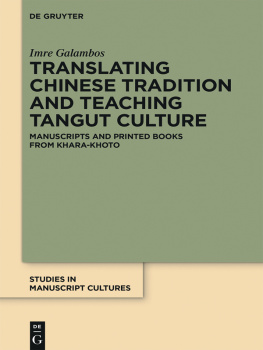
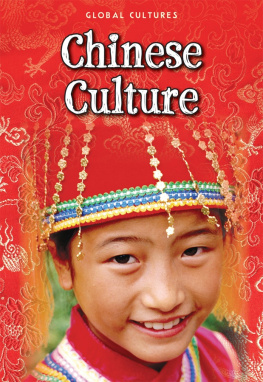
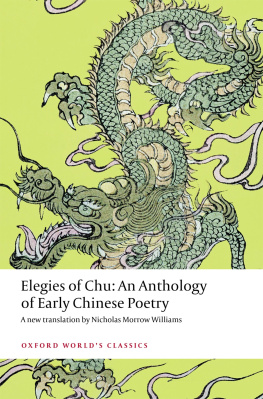
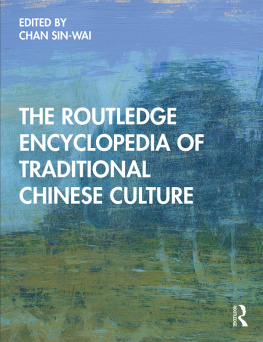

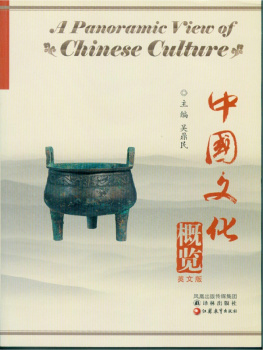
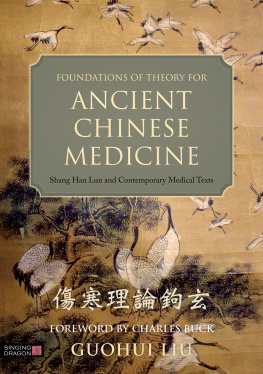
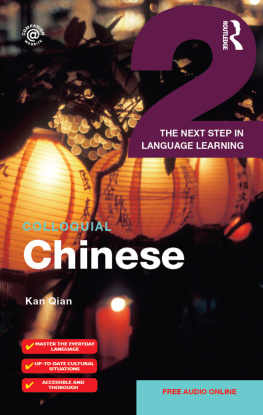
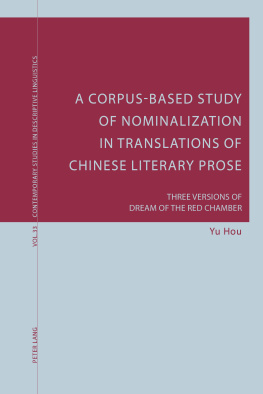
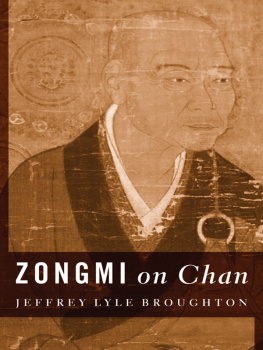


 (now not a province but an autonomous region). Especially the material found at Khotan
(now not a province but an autonomous region). Especially the material found at Khotan  , Turfan
, Turfan  , Loulan
, Loulan  and Kucha
and Kucha  were significant, revealing a wealth of new information on ancient languages and peoples along the Silk Road. In addition, tens of thousands of woodslip documents from the early medieval period were found in the region of Etsin-gol in Inner Mongolia. The abandoned city of Khara-khoto was located in the same region, and it is here that in 1908-1909 the Russian expedition of Pyotr K. Kozlov (1863-1935) discovered thousands of books and fragments written in Tangut and Chinese.
were significant, revealing a wealth of new information on ancient languages and peoples along the Silk Road. In addition, tens of thousands of woodslip documents from the early medieval period were found in the region of Etsin-gol in Inner Mongolia. The abandoned city of Khara-khoto was located in the same region, and it is here that in 1908-1909 the Russian expedition of Pyotr K. Kozlov (1863-1935) discovered thousands of books and fragments written in Tangut and Chinese.